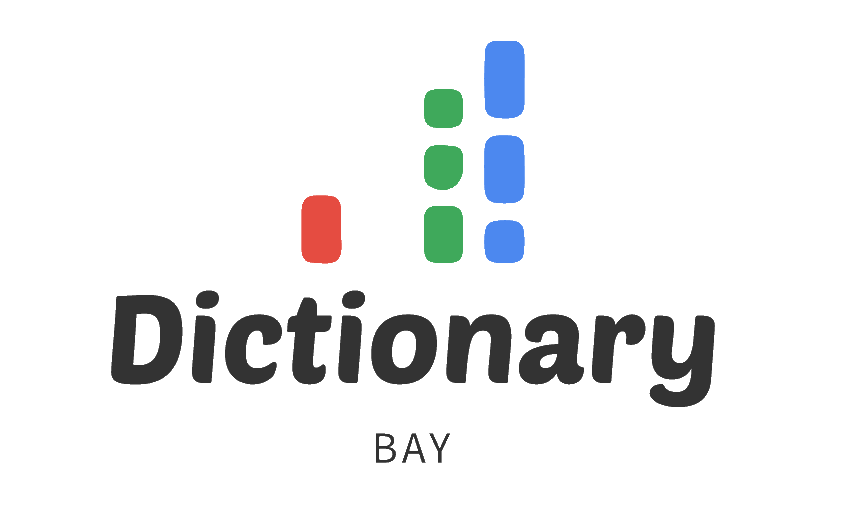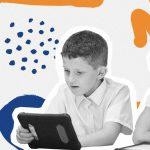Why Teach Programming to Kids?
Teaching coding to children has numerous benefits, such as promoting problem-solving skills, creativity, and critical thinking. In today’s digital age, coding has become a fundamental skill, and starting early can help children develop an interest in technology and a solid foundation for future learning.
Scratch: Visual Programming for Kids
Scratch is a programming language specifically designed for children aged 8-16. Developed by the MIT Media Lab, Scratch uses a visual interface that enables kids to create projects by dragging and dropping blocks of code. Through Scratch, children can create interactive stories, games, and animations. It’s a great introduction to programming concepts and is available for free online 1.
Blockly: Another Visual Programming Platform
Like Scratch, Blockly is a visual programming language that uses blocks to represent code. Blockly is designed for children aged 7 and up and can be used to create simple games, puzzles, and animations. Google Blockly 2 offers an open-source library for developers to build their educational applications, making it easy to integrate Blockly into a variety of educational platforms.
Code.org: Comprehensive Coding Education
Code.org 3 is a non-profit organization dedicated to expanding access to computer science education for students of all ages. They offer a variety of coding courses, games, and challenges suitable for children as young as 4 years old. With a user-friendly interface, Code.org is an excellent resource for introducing kids to programming concepts and languages like JavaScript, Python, and HTML/CSS.
Coding Apps and Games for Younger Children
Several coding apps and games are designed for younger children, usually aged 5-8. These tools introduce programming concepts through age-appropriate games and activities. Popular options include Tynker 4, Kodable 5, and Lightbot 6.
Robotics and Coding Kits
Another engaging way to introduce children to programming is through robotics and coding kits. These kits allow kids to build their robots and program them using simple coding interfaces. LEGO Boost 7 and Makeblock’s mBot 8 are popular options that combine hands-on building with coding education.
Conclusion
Introducing children to programming through fun and engaging methods can help them develop a strong foundation in coding and computer science. By using visual programming languages, coding apps, games, and robotics kits, you can nurture your child’s interest in technology and prepare them for a digital future.


